Search
SUGGESTED CONTENT:
Easthampton, MA – October 16, 2025 – MachineMetrics, the Intelligent MES and industry leader in machine connectivity, today announced the launch of Manual Stations - a powerful solution that enables
press release
/ Oct 15, 2025
The Hidden Half of Manufacturing Despite massive investments in automation, the majority of manufacturing work is still performed by people. In fact, studies show that 72% of factory tasks are
MachineMetrics
/ Sep 29, 2025
EASTHAMPTON, MA – September 19, 2025 – Manufacturing has always been defined by its ability to plan and challenged by its ability to execute. ERP systems outline the ideal production path: what to
press release
/ Sep 19, 2025
Most manufacturers don’t have a data problem. They have a decision problem. In fact, most manufacturers are drowning in data - machines stream data 24/7. Dashboards display utilization, OEE, and
MachineMetrics
/ Sep 02, 2025
START DRIVING DECISIONS WITH MACHINE DATA.
Ready to empower your shop floor?
Learn More

.png?width=1960&height=1300&name=01_comp_Downtime-%26-Quality_laptop%20(1).png)

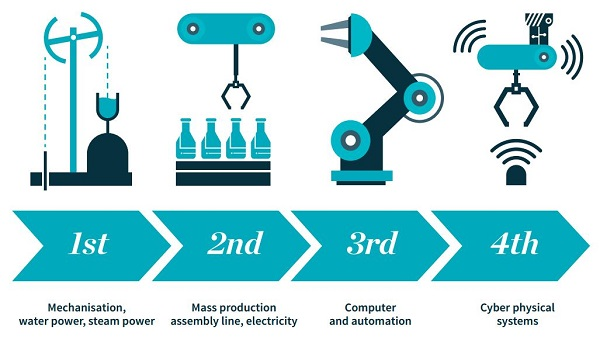
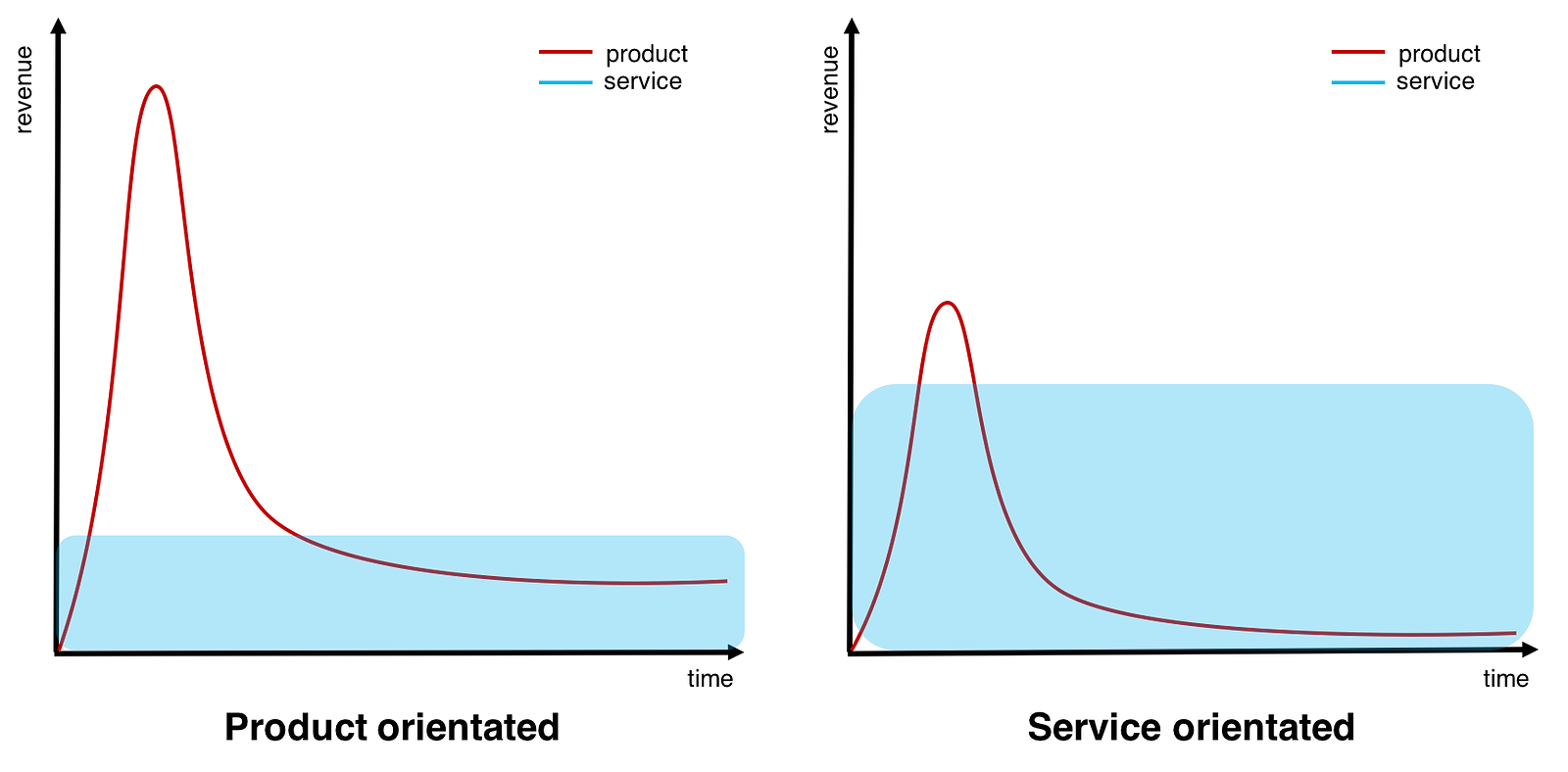
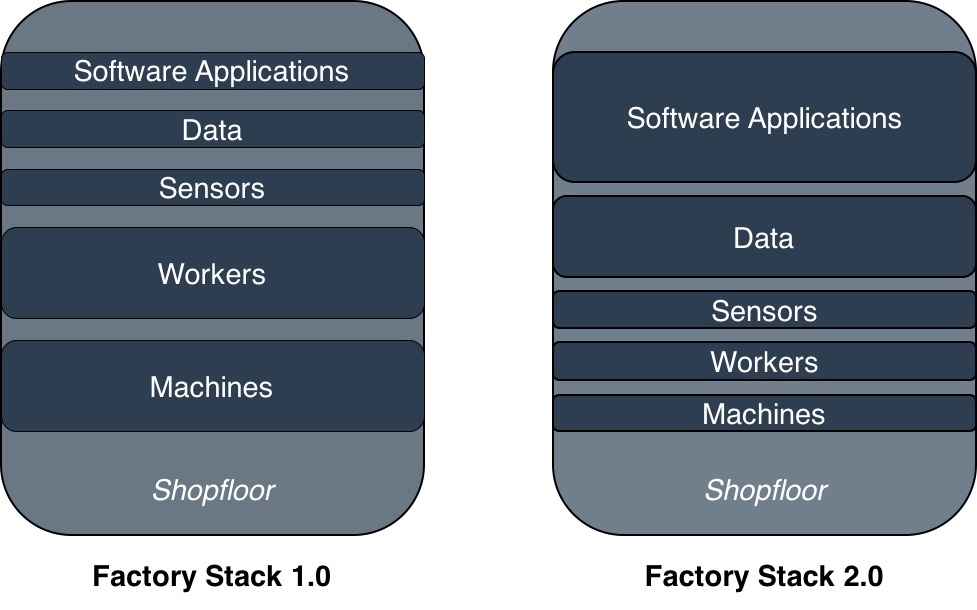
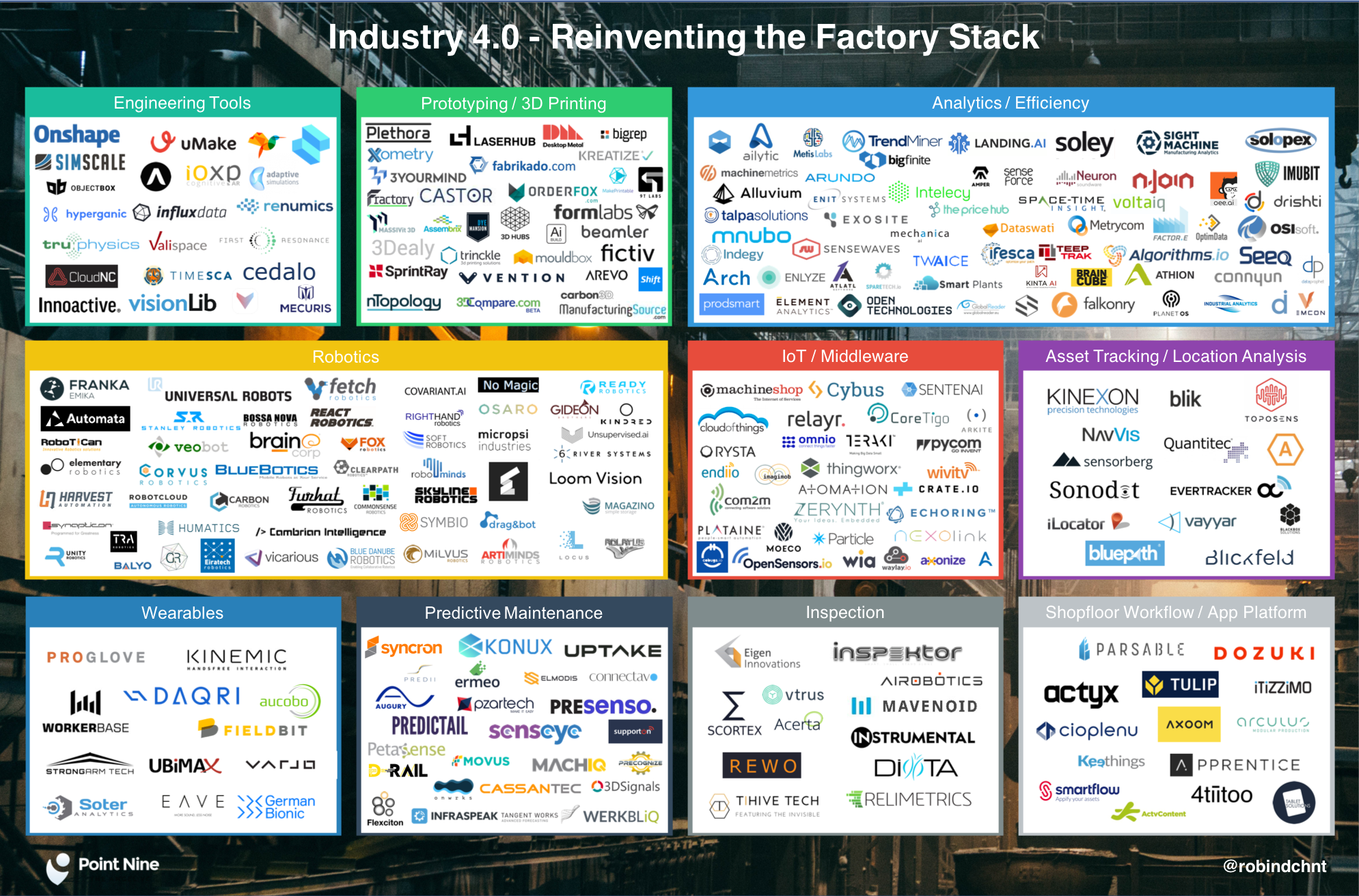






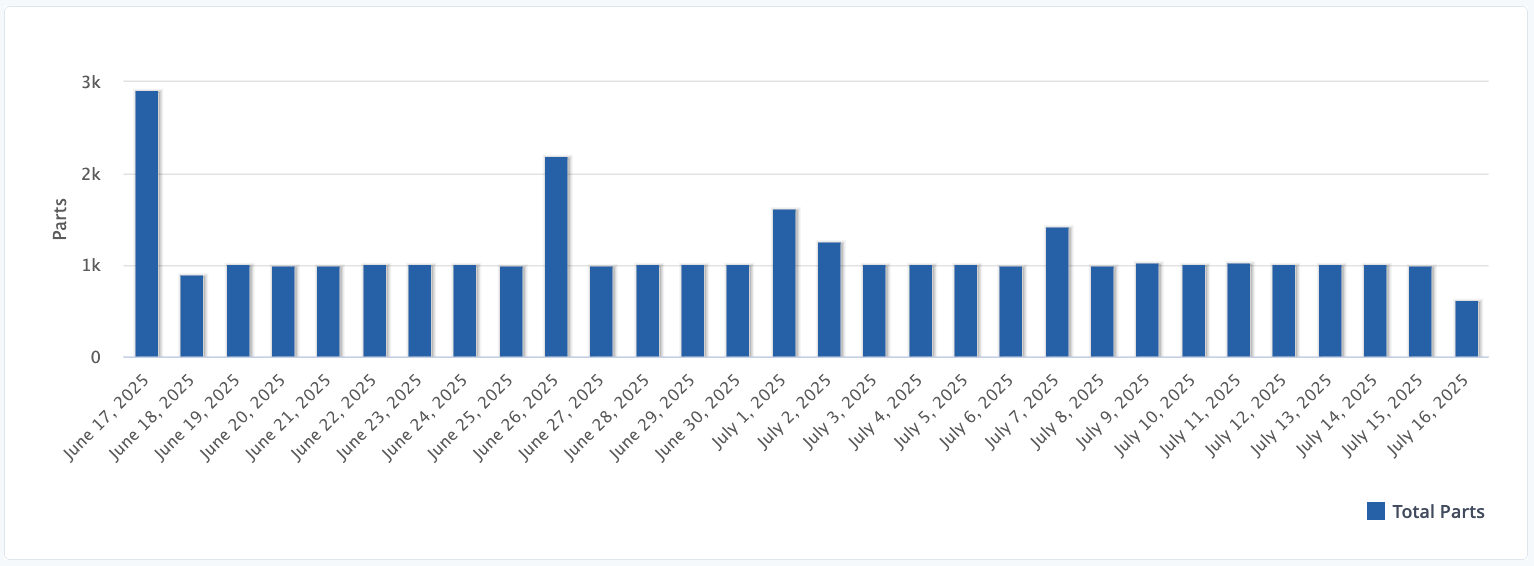

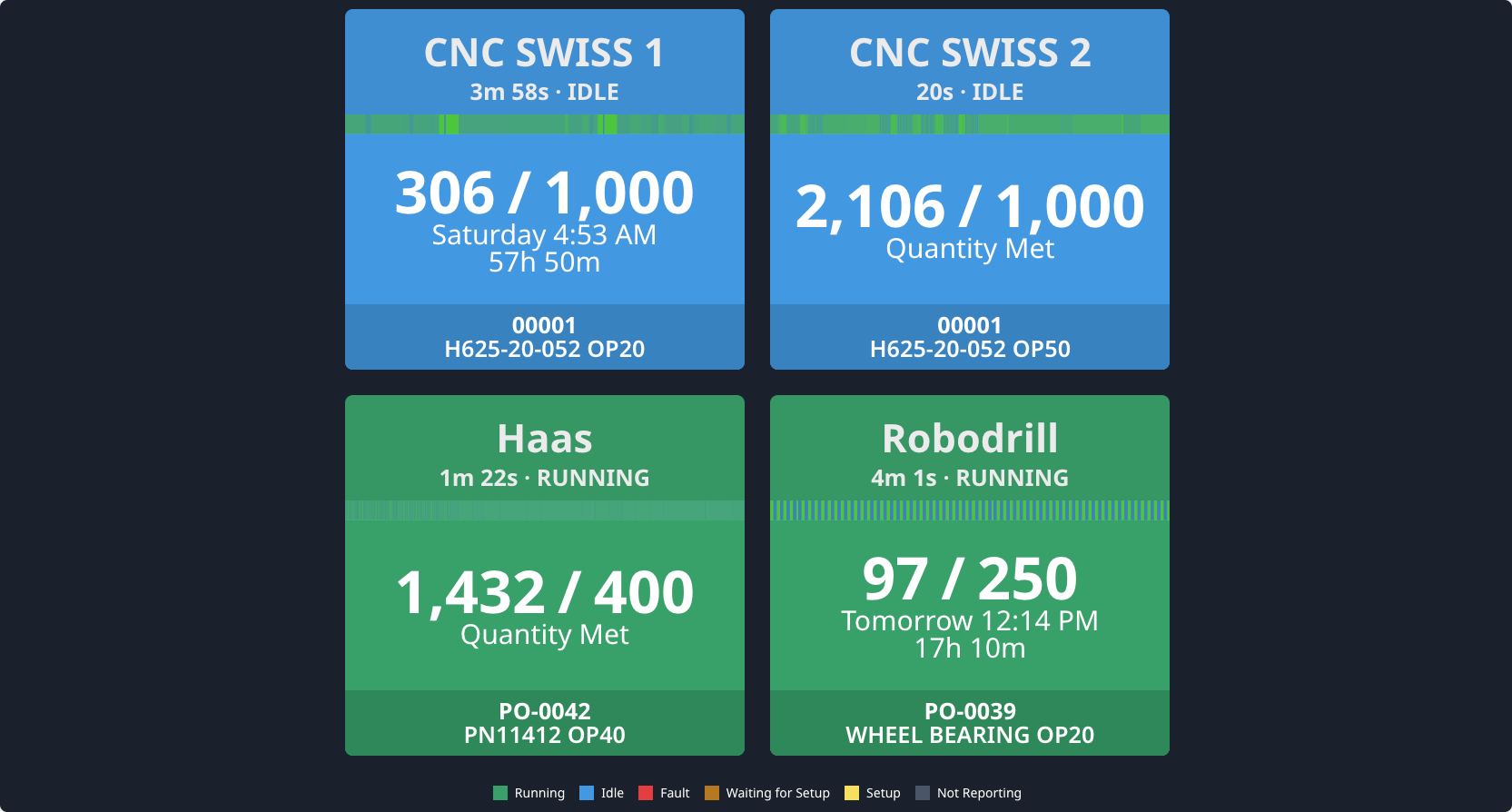
Comments